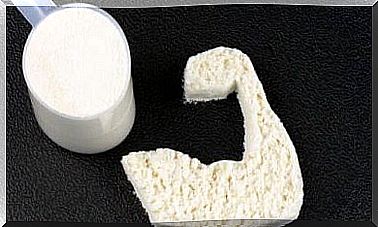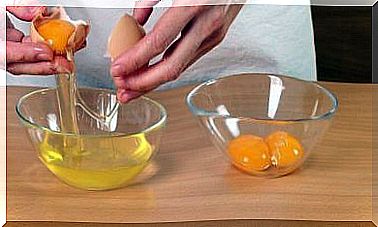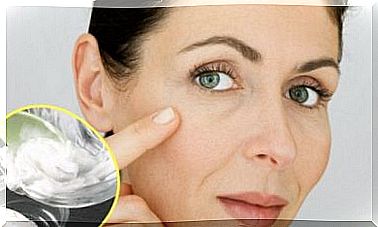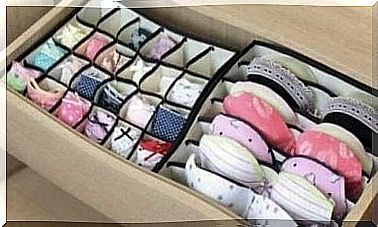Why Do Panga Fish Get A Bad Name?

The bad reputation of panga fish led a supermarket chain to stop selling this species in several European countries. It also stopped being served in many school canteens. U.S.
Food authorities insist on safe controls on the production and transport of this fish. So far, there have been no health alerts related to panga consumption. So what’s the controversy? Are there reasons to stop using panga?
What are the characteristics of panga fish?
The panga – Pangasius’ hypophthalmus – is a freshwater fish that lives mainly in the Mekong and Chao Phraya rivers, although nowadays much of what is consumed is grown on farms. Most of them are located in Southeast Asia, in countries like Vietnam, Thailand, Cambodia and Laos.
The panga belongs to the group of white fish, such as sole, hake and grouper. In general, white fish is recommended for its supply of high biological value proteins, minerals and vitamins D, A and B1.
However, in the case of panga, these nutritional values are usually lower. It has less protein per 100 grams than hake or halibut, as well as a different lipid composition.
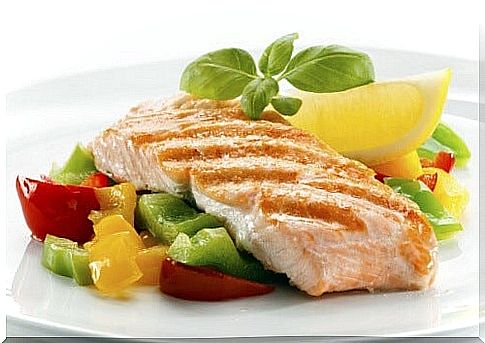
It has become a very popular fish, both in community kitchens (hospitals, nursing homes…) and among private consumers. This is due, above all, to its affordable price, its presentation in filets without skin or bones and its mild flavor.
Why do panga fish have a bad reputation?
As we have seen, panga consumption has been controversial for some years. However, at no time was any food alert declared by the specialized authorities.
Let’s see what are the darkest points around panga consumption:
1. It’s a contaminated fish
One of the controversies that revolve around this fish is its possible contamination. Approximately 90% of all panga consumed in the world comes from the Mekong River. This is one of the most polluted rivers on the entire planet. In addition, it should be taken into account that the production of this fish on farms increases this contamination.
In 2017, the OCU (Organization of Consumers and Users of Spain) carried out an analysis of 23 panga samples, some frozen and others fresh. The results showed that:
- In 4 samples, remains of a herbicide banned in Europe were found .
- Traces of mercury were detected in 9 samples. Although the amount did not exceed the legal limit of 0.5 mg per kilo, it was very close to half that value. These values can be of concern to children, though not adults. They do not exceed the levels that can be found in fish such as tuna, shark or swordfish.
2. Environmental and food sustainability
Some experts advise against consuming this fish for environmental reasons. Consuming fish from distant countries has a strong impact on the environment. This is due both to the production process the fish goes through, as well as the costs of transport and distribution.
Furthermore, it is necessary to take into account the impact that its intensive production has on the territory itself. Some of the negative consequences have been the deforestation of mangroves in countries like Vietnam and the change in land use around the Mekong River. Rice, one of the mainstays of food for the region’s residents, stopped being cultivated in them.
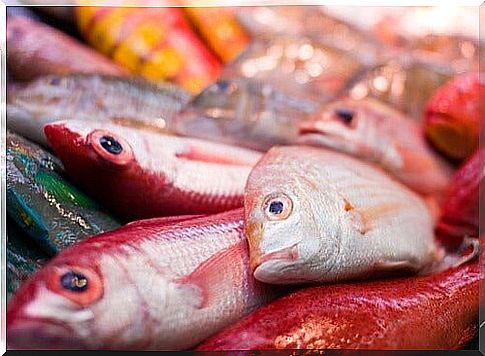
3. Production process
Panga is a fish produced mainly on farms. Intensive fish farming has several negative environmental and social consequences .
On the one hand, the waters are more polluted than they already were. This is due to the uncontrolled discharge of antibiotics and feces from the fish itself. In addition, panga specimens live clustered in small spaces, are fed with chow and pose a danger to native species.
The social impact of farming on fish farms is not minimal. Panga is a very cheap fish, and this is partly due to low wages and poor labor conditions.
How to choose a good fish?
Although panga fish have a bad reputation, eating them is not dangerous. To maintain safety, it would be a good idea to limit consumption to once a week for adults and once every two weeks for children.
However, given the negative aspects that gave the panga its bad name, we can make other recommendations to maintain a healthier and more responsible fish consumption. If we want to consume fish based on sustainability, culinary tradition and health criteria, we must prioritize the following aspects:
- Consume fish that are not cultivated, but caught using methods that respect the environment.
- Consume the typical fish of our regions, bought in local markets and fishmongers.
- Prefer the smaller species as they accumulate less heavy metals in your tissues.
- Choose different varieties from the possible options. Variety in the diet is one of the ways to ensure that it is more balanced and has less risk.
As a source of proteins, minerals and essential fatty acids, fish is a good ally in our diet. Now we know how to improve the choice of this food that is so important for a varied and healthy diet.
